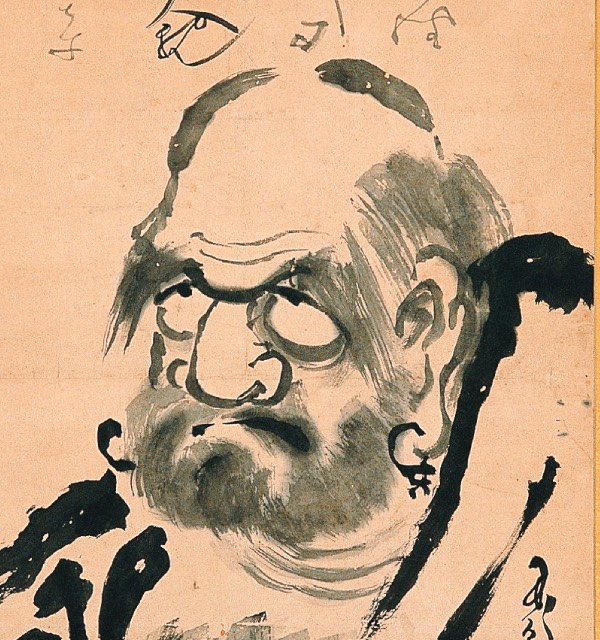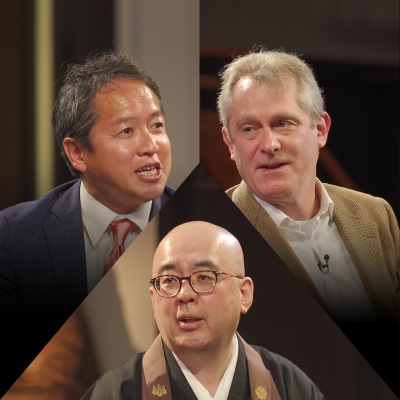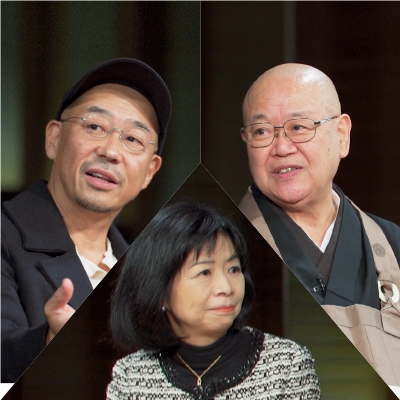
The History of Zen: Discovering the Roots of Sōtō Zen (12)
From Prof. KAGAMISHIMA Genryū’s Zengaku gairon kōgi nōto
(Introduction to Zen Studies Lecture Notes)
By the time of the Fourth Patriarch Daoxin and the Fifth Patriarch Hongren, Zen had transformed from an Indian lifestyle to a Chinese lifestyle. The significance of this in the history of Zen is twofold.
First, this is significant because it became the impetus for a change from an Indian way of thinking about zazen to a Chinese style. From Bodhidharma to the Third Patriarch Sengcan, Zen was focused on the single practice of zazen. However, during the times of the Fourth Patriarch Daoxin and the Fifth Patriarch Hongren communal living was introduced to the Zen school, and exclusive emphasis on the single practice of zazen alone was no longer possible. For the Zen school, the labor now required had to be given the same emphasis as zazen. At this point, labor of all kinds was treated as equally significant with zazen. This means that the significance of zazen was extended to all kinds of activities. Chinese Zen is a Zen of daily life, and this is a point of divergence from Indian Zen. This idea of a Zen within daily life was based on the communal life practiced in Zen monasteries beginning from the time of the Fourth Patriarch Daoxin and the Fifth Patriarch Hongren.
The other significance is that it became the basis for the unique regulations for communal life used in Zen monasteries today. The Fourth Patriarch Daoxin and the Fifth Patriarch Hongren had 500 or 700 disciples living together as monks, requiring the creation of various kinds of rules for daily life. In the Zen school these are called Monastic Regulations (Jpn. Shingi清規).*1 The Monastic Regulations developed later on, but they were based on the communal life of the 500 or 700 monks that the Fourth Patriarch Daoxin and the Fifth Patriarch Hongren had gathered together. The above two points demonstrate the impact the communal life practiced at Mt. Shuangfeng under the Fourth Patriarch Daoxin and the Fifth Patriarch Hongren had on the history of the Zen school.
*1 Meaning “regulations for a pure community.” In later times, the Baizhang Monastic Regulations were created by Baizhang Huaihai.

SPECIAL
ZEN,KOMAZAWA,MANAGEMENT
For our 5th discussion in this series we welcomed guest participant Mr. David Atkinson, CEO of Konishi Decorative Arts and Crafts, for a three-way dis・・・
2020.08.07

SPECIAL
ZEN,KOMAZAWA,MOVIE
For our fourth interview we welcomed film director Tatsushi Ōmori as our guest, and together with Komazawa University Chancellor Seishi Nagai and Prof・・・
2020.03.05

